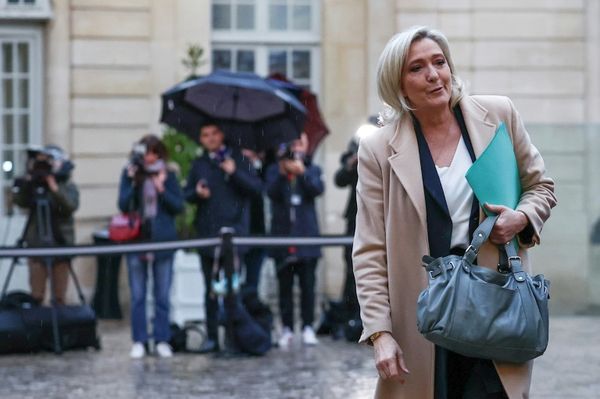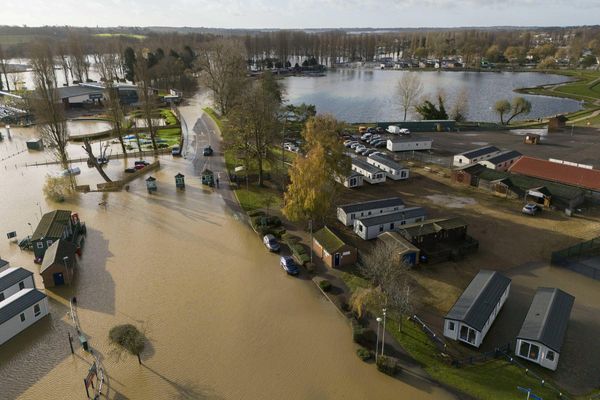
The federal government has spent $77.5 million over nine years on a non-profit to educate new teachers, but only 474 are still teaching in schools.
That’s a taxpayer cost of about $163,502 per teacher — and according to a Greens senator who was questioning the Education Department in Senate estimates this week, it isn’t good enough value for money.
“Even on its own terms, Teach for Australia is not delivering,” Greens education spokesperson Penny Allman-Payne told Crikey. “The point of the program is to put teachers in high-need schools, but we know that of the less than two-thirds of program graduates who are still teaching, fewer than half are still in socio-educationally disadvantaged schools.”
Figures previously released to the Senate show the government committed three tranches of funding for the teaching cohorts at Teach for Australia who commenced their studies between 2010 and 2019. The total cost was $77.5 million.
Out of the 754 teachers who completed the program, 37%, or 280 teachers, have stopped teaching.
Since then, the government has paid another $57.4 million to support Teach for Australia.
Allman-Payne said 80% of Teach for Australia graduates had been placed in schools considered below average when it comes to socioeconomic advantage. Only 50% remain in those schools and a quarter have migrated to more privileged schools.
“This program is an overpriced band-aid and the band-aid is falling off,” she said.
Education Minister Jason Clare told Crikey that Teach for Australia was just one of the ways the government was addressing the teacher workforce shortage.
“The government’s High Achieving Teachers program aims to promote employment-based pathways into teaching so we can get high-quality teachers into the classroom faster,” he said. “Through our election commitment, we have invested an additional $78.8 million over five years to expand the program to deliver an additional 1,500 places. But it’s not the only thing we’re doing.”
Clare said the government was also reforming the university degrees teachers go through to better prepare them for their jobs, funding public schools to the tune of $16 billion, and establishing a support payment to help new teachers go through mandatory prac. There will also be investment in scholarships “worth $40,000 a pop to encourage more people to get into teaching”, Clare said.
“We are now starting to see teacher numbers across the country pick up, but there is more work to do,” the minister added.
A Teach for Australia spokesperson responded after this article’s publication to say the organisation’s program had been verified as cost-effective by both the NSW Productivity Commission and the consultancy firm PwC.
“In 2021, PwC found that TFA is a more cost-effective way for the Commonwealth Government to produce a ‘teacher who teaches’ than the average traditional initial teacher education pathway,” the spokesperson said.
“PwC found TFA’s value was driven by a higher retention rate into teaching than traditional pathways, reducing the federal government’s funding spend on teachers that do not make it to the classroom, and lower indirect cost to the federal government of AusStudy.”
The organisation pointed to figures stretching to 2023 that showed 57% of teachers still working in schools were employed in disadvantaged schools, and 21% were working in their original placement schools.
In estimates, the Education Department’s first assistant secretary for teaching and learning Julie Birmingham acknowledged it was a challenge to keep teachers in disadvantaged schools.
“It’s certainly true that the [Teach for Australia] program has been targeting disadvantaged schools,” she said. “The extent to which teachers stay in those schools is a phenomenon that occurs across all beginning teachers.
“People move on from the schools they’re placed in or where they first gain employment. And that’s a big challenge we face across the country.”
Teach for Australia describes itself as a “not-for-profit organisation working to break the cycle of educational inequity by recruiting and developing high-calibre teachers for classrooms where needs are greatest”.







